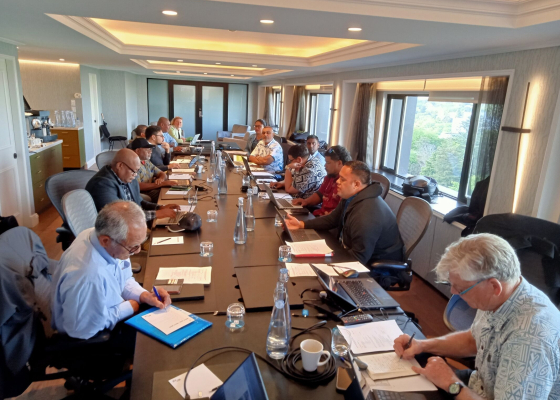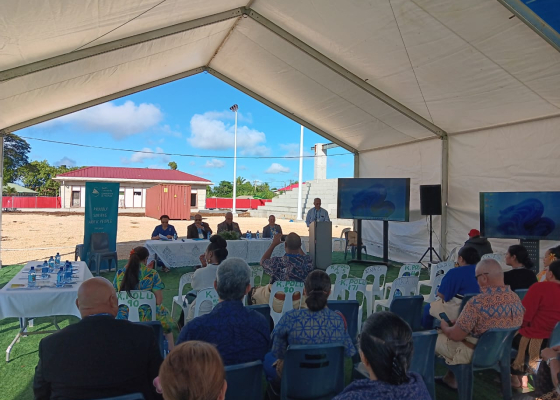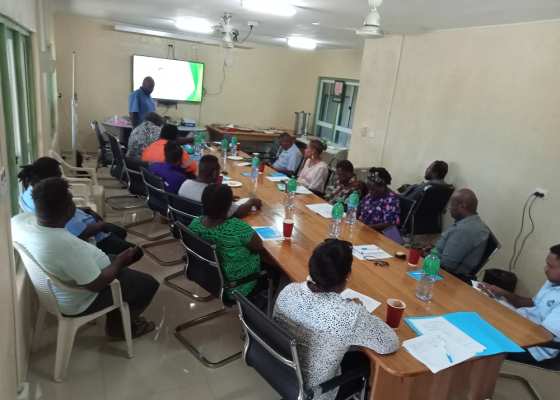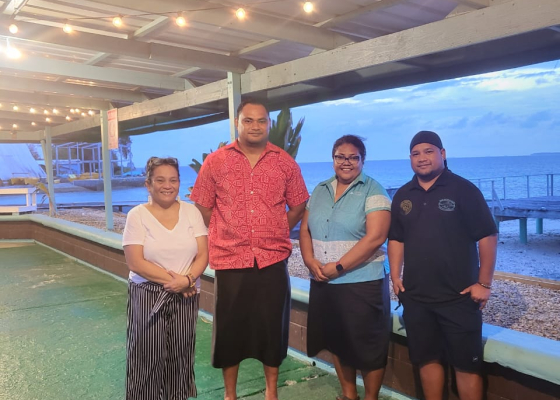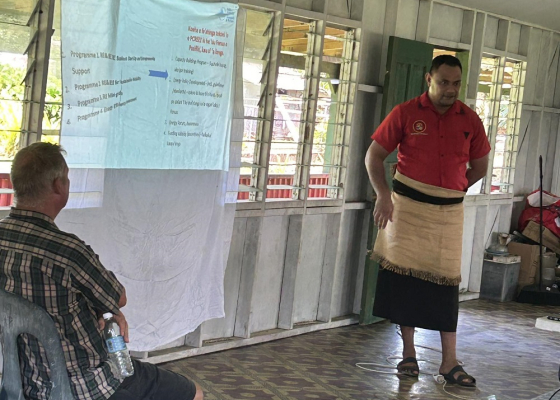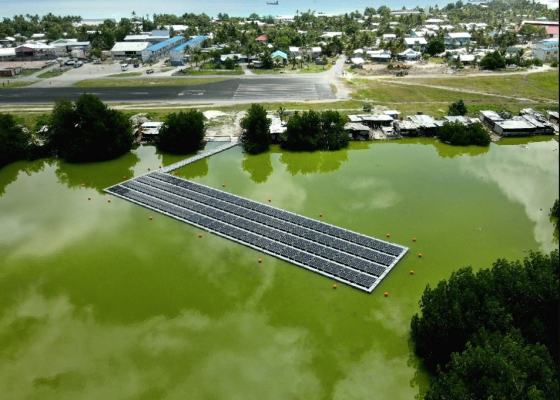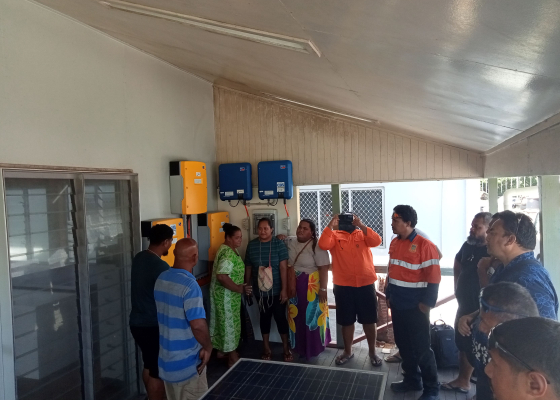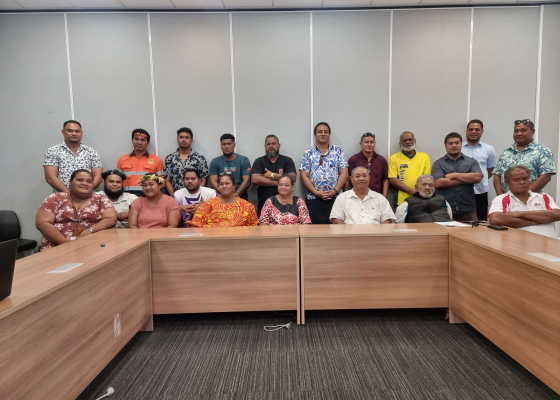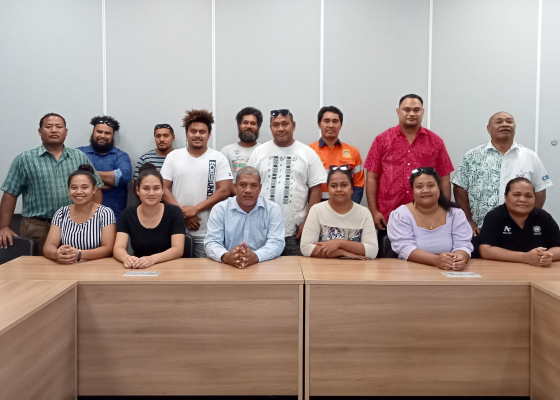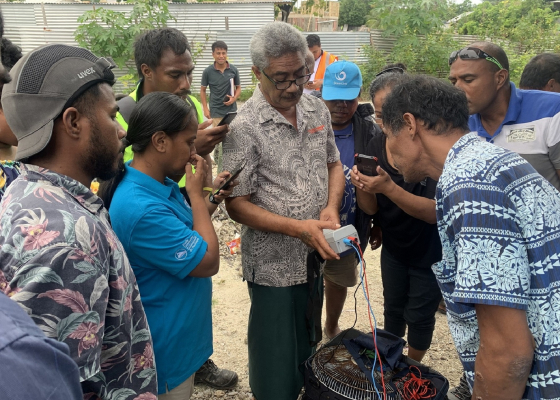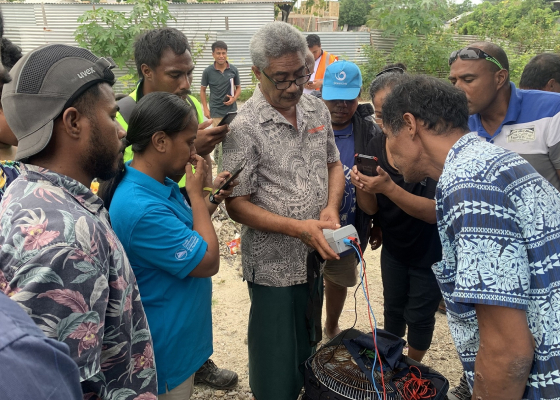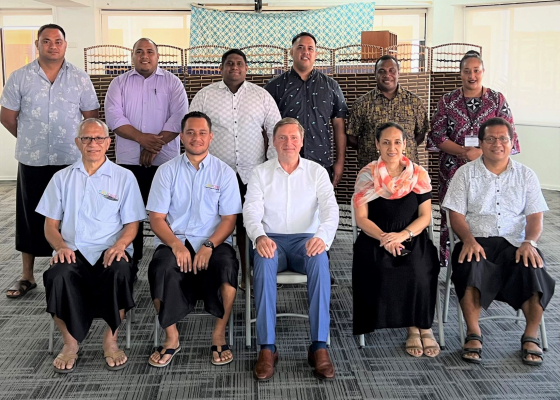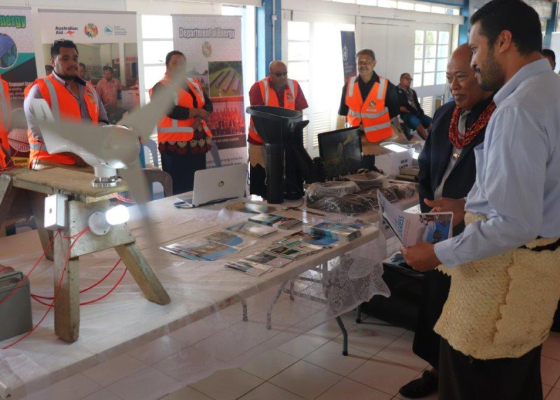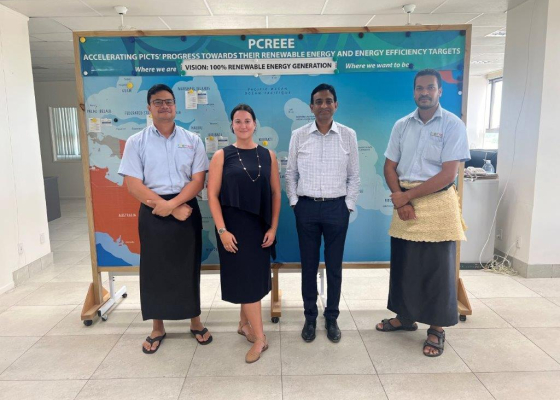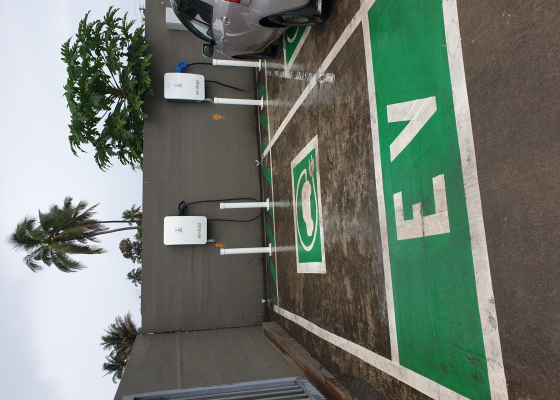Replacing Fuel Based Lighting with Light Emitting Diodes in Developing Countries: Energy and Lighting in Rural Nepali Homes
More than one quarter of the world’s population, who does not have access to electric light, live in the developing countries. Nepal is one of these countries, where the people in the remote rural areas have to rely on fuel based lighting to bring minimal lighting services in their homes.
This paper reviews the quality of lighting, energy and health issues due to the use of fuel based lighting in rural Nepali villages. Recommendations are given on the amount of light needed as the first time electric lighting services in those remote places. The measurement results show that LED technology can bring necessary light in these rural homes with least energy use and it is the potential technology to replace fuel based lighting in a sustainable way. Replacing fuel based lighting by white LEDs can also contribute to the overall development of the underprivileged and underdeveloped communities by helping to improve the health, education and life expectancy of the people as well as income generation.
Upcoming Events
-
12/08/2025 to 12/12/2025
-
03/02/2026 to 03/03/2026







